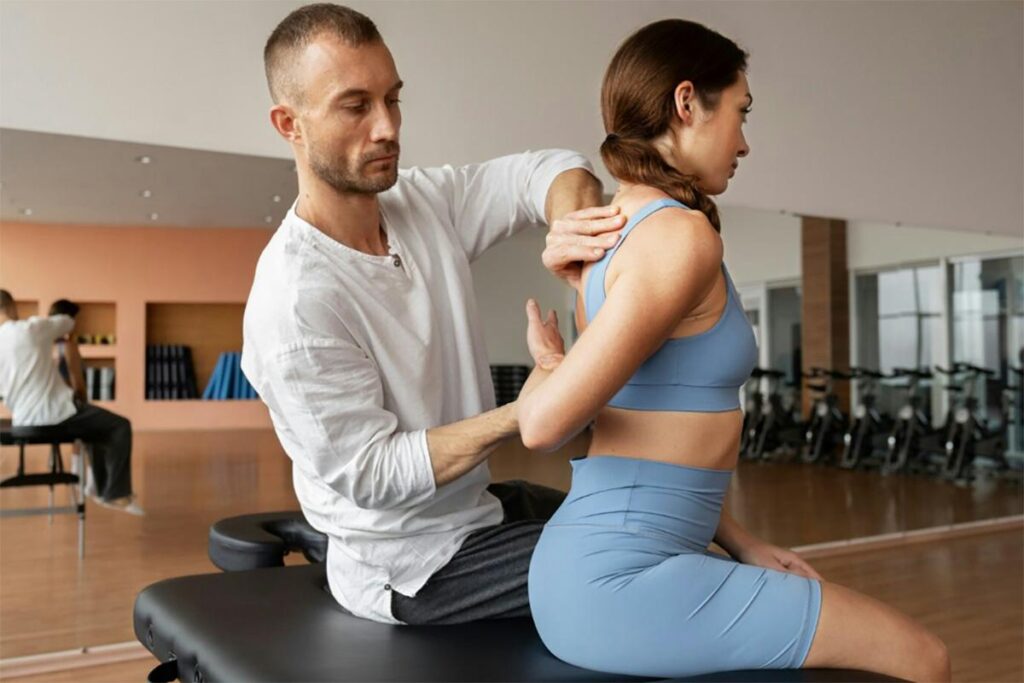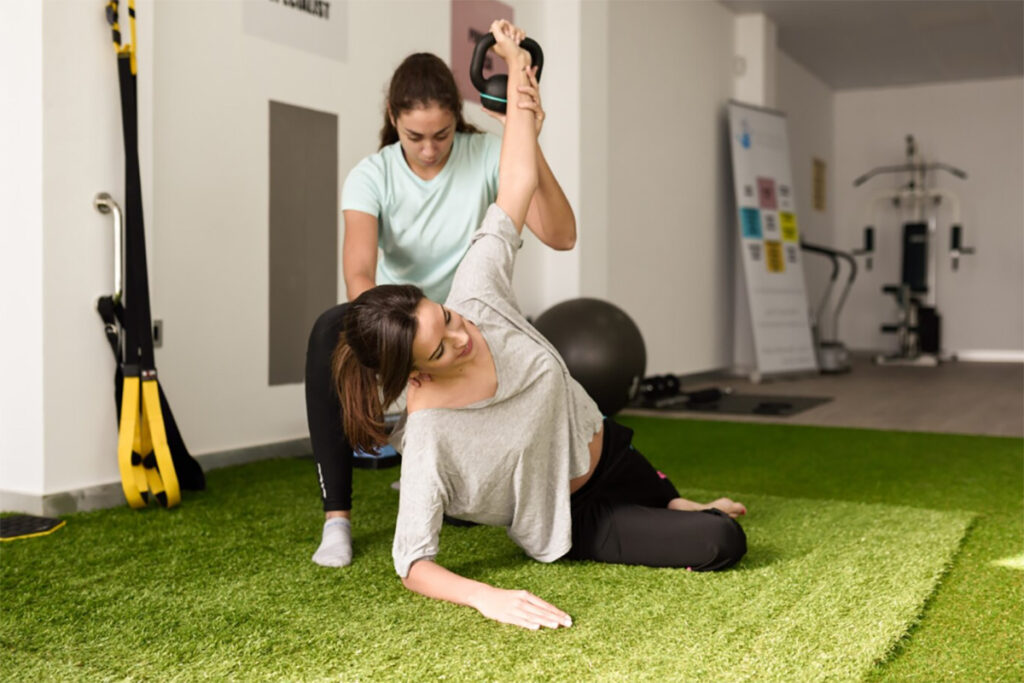
Weak shoulders can be a significant hindrance, affecting not just athletic performance but also everyday activities. Whether due to injury, overuse, or lack of use, strengthening the shoulder muscles is crucial for overall shoulder health and functionality. This blog post will explore various physical therapy exercises specifically designed to strengthen weak shoulders, drawing from practices commonly employed in Scottsdale’s active physical therapy community.
Understanding the Importance of Shoulder Strength
The shoulder is one of the most mobile joints in the human body, allowing a wide range of motions. However, this mobility can make it vulnerable to injury and weakness. Strong shoulders are essential not only for sports activities but also for daily tasks like lifting, reaching, and carrying.
Assessment Before Starting a Strengthening Program
THIS STEP IS CRUCIAL. Understanding your shoulder and how it moves needs to be assessed before completing exercises. Before embarking on any exercise program, it’s crucial to have an assessment with a physical therapist. They can determine the underlying cause of shoulder weakness and tailor exercises to your specific needs. This step is particularly important to avoid exacerbating any existing conditions.
Foundational Exercises for Shoulder Strengthening (Examples)
- Shoulder Blade Squeezes: This exercise involves squeezing the shoulder blades together, which helps strengthen the muscles around the scapula and improves posture. It’s a great starting point for beginners.
- Arm Raises: Front and lateral arm raises with light weights can help strengthen the deltoid muscles. It’s important to start with light weights and gradually increase as strength improves.
- Rotator Cuff Exercises: Strengthening the rotator cuff is crucial for shoulder stability. Exercises like external and internal rotation with a resistance band are effective.
- Thoracic and Neck Mobility Exercises: Looking at the joints surrounding the shoulder is extremely important as these areas may be attributing to the problem.
Intermediate Exercises for Enhanced Strength
- Dumbbell Shoulder Press: Once basic strength has been established, progressing to exercises like the dumbbell shoulder press can further enhance shoulder strength.
- Upright Rows: Upright rows, either with dumbbells or a barbell, work the shoulders and upper back, providing a comprehensive strengthening effect.
- Prone Horizontal Abduction: Lying face down and lifting the arms out to the sides (like airplane wings) with or without weights can strengthen the posterior shoulder muscles.
Advanced Strengthening Techniques

Plyometric Exercises: For athletes or individuals with a higher level of fitness, plyometric exercises like medicine ball throws can significantly enhance shoulder strength. Progressing to plyometric exercises is vital as this helps with the long term health of the shoulder.
Incorporating Flexibility and Mobility Work
Strengthening should always be balanced with flexibility and mobility exercises. Stretching the shoulders and performing mobility exercises helps maintain a healthy range of motion and prevent injuries. Looking at the areas surrounding the shoulder need to be assessed.
Using Proper Form and Technique
One of the key aspects of shoulder exercises is using the correct form and technique. Incorrect execution can lead to injuries or minimize the effectiveness of the exercises. Working with a physical therapist ensures that exercises are performed correctly.
The Role of Core Strength in Shoulder Stability
Core strength plays a vital role in shoulder stability and overall upper body strength. Incorporating core exercises like planks and bridges into a shoulder-strengthening program is beneficial.
Tailoring Exercises to Individual Needs
Shoulder strengthening exercises should be tailored to the individual’s specific condition, goals, and fitness level. A physical therapist can design a program that addresses particular weaknesses and targets improvement in those areas.
Consistency and Progression in Exercises
For effective results, consistency is key. Regularly performing shoulder exercises and progressively increasing the intensity as strength improves is essential for long-term shoulder health.
Monitoring Progress and Adjusting the Program
Regular check-ins with a physical therapist can help monitor progress and make necessary adjustments to the exercise program. This ensures that the exercises remain challenging and effective.
Lifestyle Modifications for Shoulder Health
In addition to exercises, making certain lifestyle modifications can aid in strengthening weak shoulders. This includes ergonomic adjustments at work, maintaining good posture, and avoiding activities that strain the shoulders.
Conclusion: Building Stronger Shoulders for a Healthier Life
Strengthening weak shoulders is essential for both functional and athletic reasons. Through a combination of foundational, intermediate, and advanced exercises, along with proper form, consistency, and individual tailoring, significant improvements in shoulder strength can be achieved. Remember, consulting with a physical therapist is crucial to ensure a safe and effective exercise program tailored to your unique needs and goals. Strong shoulders not only enhance athletic performance but also facilitate everyday activities, leading to a healthier, more active lifestyle.








